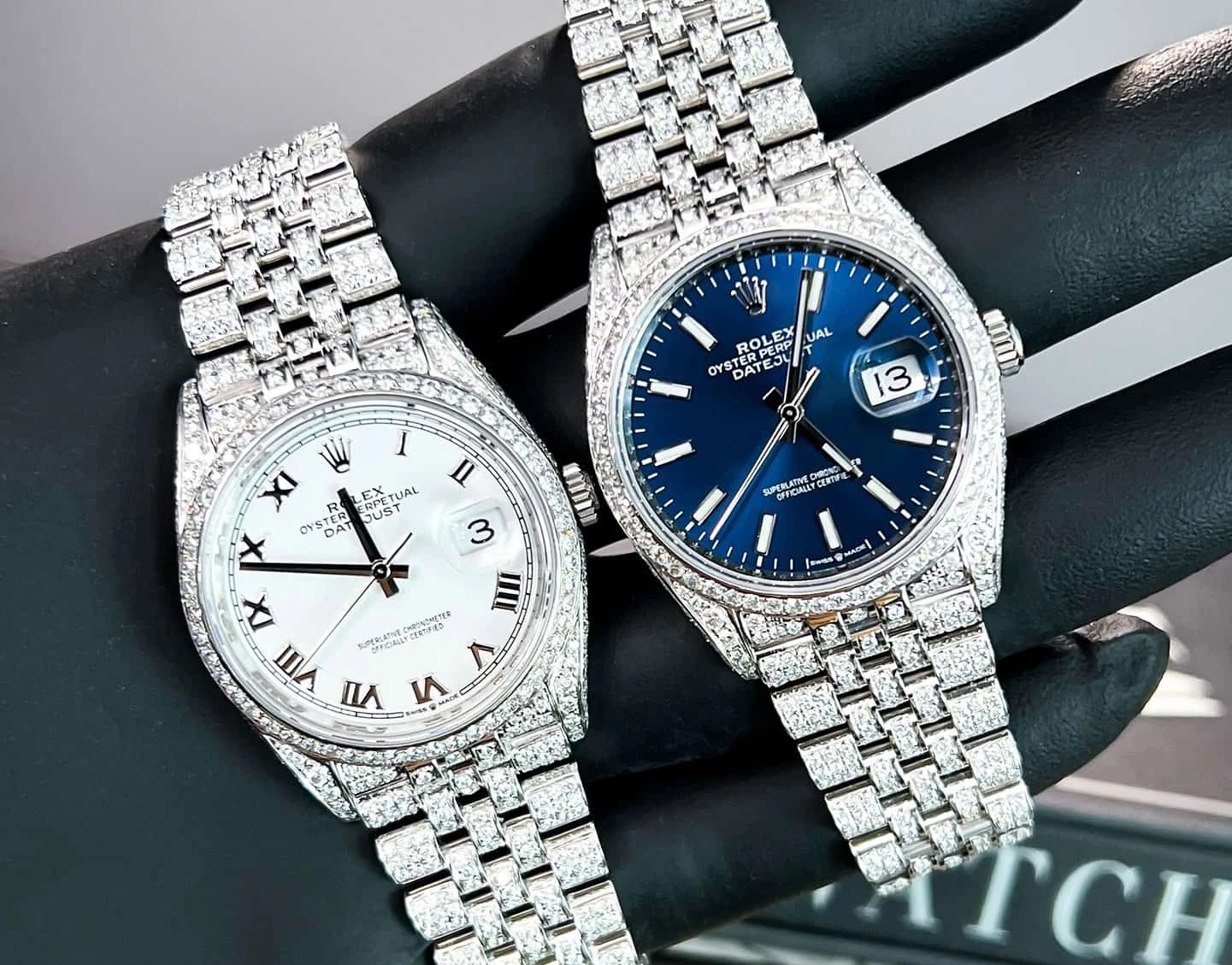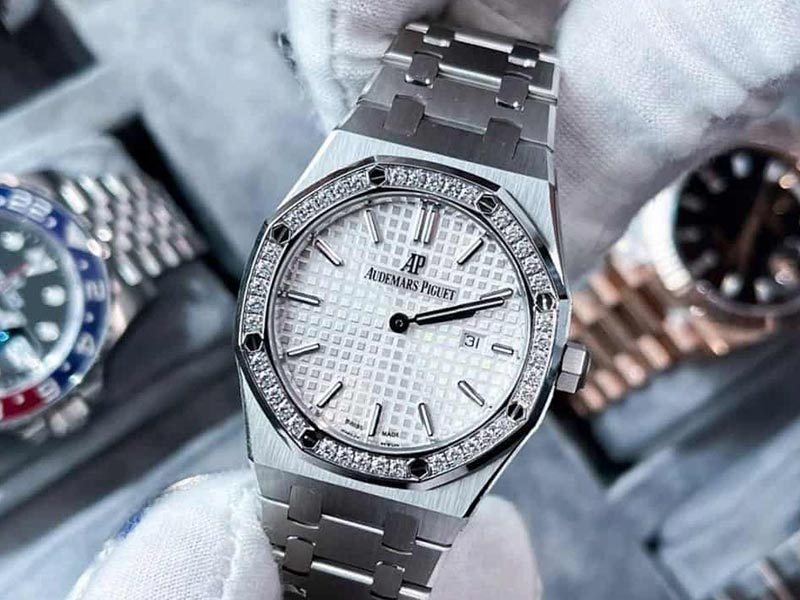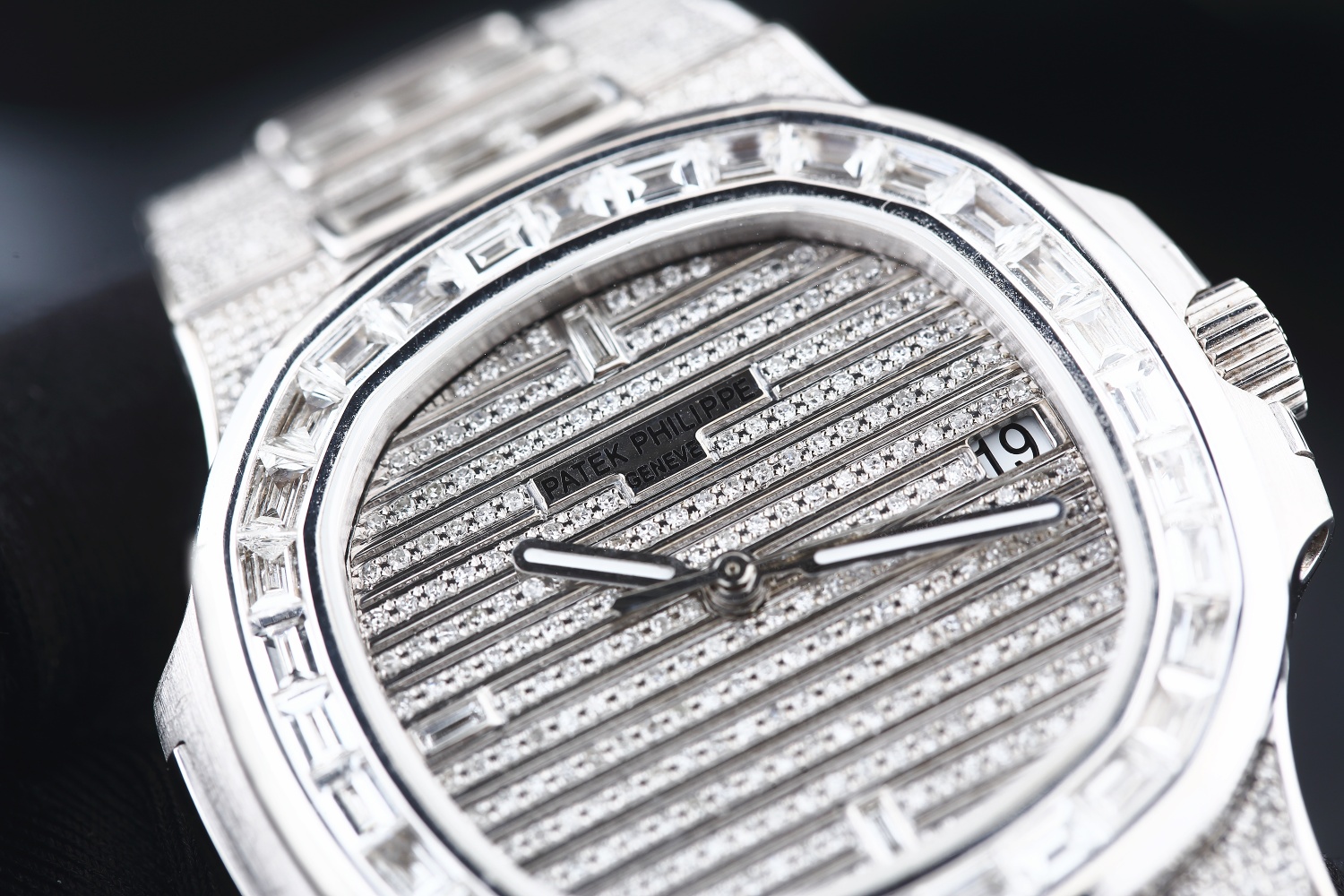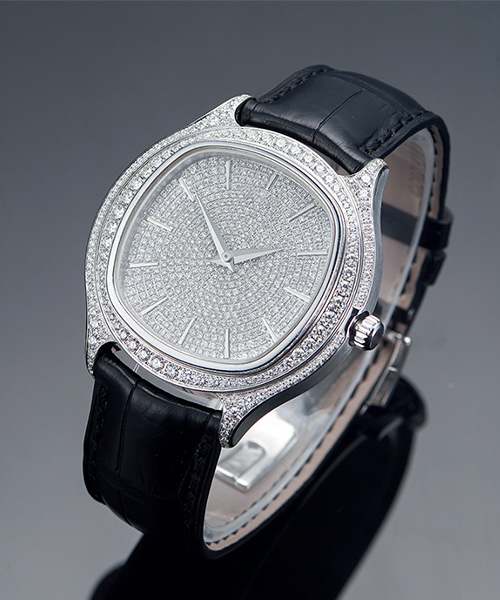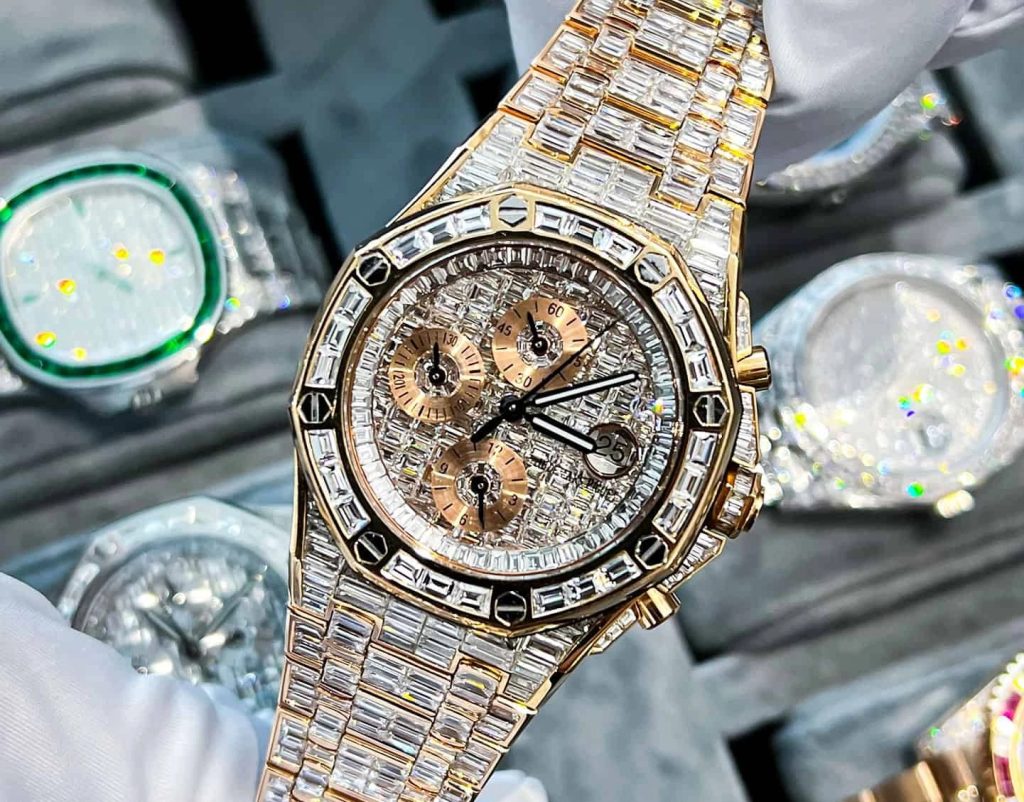18K gold or PT jewelry, which is better for you

What is karat gold
K-gold is a common alloy used in jewelry making, where the “K” stands for Karat, the unit of purity of gold.This metal alloy consists of pure gold mixed with other metals (e.g., copper, silver) to increase its hardness and durability.The purity of K-gold is usually expressed in Karat, while pure gold is 24K, or 100% pure gold. pure gold.
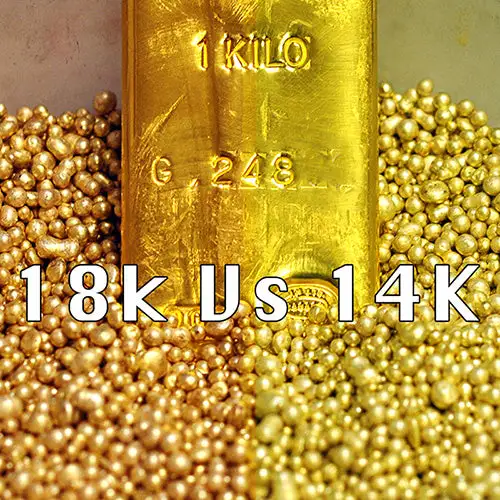
24K Gold, Gold Content: 24K gold is the highest purity gold with 100% gold content. It exhibits the purest golden yellow color, but it is also less suitable for making daily wearable jewelry due to the high softness of pure gold. Characteristics: Due to its softness, 24K gold is usually used for investment-grade gold bars, coins, etc., while it is ideal for making delicate crafts.
22K Gold, Gold Content: 22K gold has a gold content of 91.7%, which is harder than 24K gold while retaining a certain degree of golden color. Characteristics: 22K gold is often used to make gold coins, classical style jewelry, its color is more vivid, suitable for jewelry that focuses on traditional style.
18K gold, gold content: 18K gold contains 75% gold, while maintaining the qualities of pure gold, the hardness is increased by the appropriate proportion of alloy. Characteristics: 18K gold is relatively hard, suitable for making all kinds of daily wear jewelry, including rings, necklaces and so on. It is available in a wide range of colors, including white gold, rose gold and other shades.
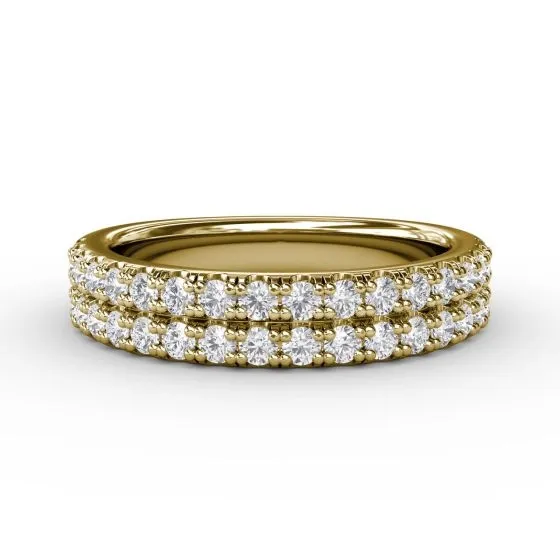
14K Gold, Gold Content: 14K gold contains 58.3% gold, a balance between hardness and pure gold. Features: 14K gold is a common choice for many types of jewelry. Its relatively low cost and good durability make it popular.
9K Gold, Gold Content: 9K gold contains 37.5% gold, which is the lowest gold content K gold. Characteristics: 9K gold is often used in low-cost jewelry, its hardness is high, but compared to other K gold, its golden color is thinner.
18K gold is ideal for making high quality jewelry due to its just the right amount of purity and hardness. Why 18K Gold is Best for Jewelry Making Of the many karat golds available, 18K gold is ideal for jewelry making because of its unique properties. Here are some of the reasons why 18 karat gold is highly preferred by jewelry designers and consumers:
1.The perfect balance of gold purity and hardness
With a gold content of 75%, 18K gold achieves the ideal balance of providing good hardness while maintaining sufficient gold purity. Compared to the softer 24K gold, 18K gold is more suitable for everyday wear, especially for making classic, fashionable jewelry.
2.Versatile color options
18K gold is not only known for its traditional yellow gold hue, but can also be adjusted to present a variety of colors such as white gold and rose gold by adjusting the alloy composition. This allows designers to be more flexible in creating a variety of jewelry pieces with different styles, catering to the aesthetic preferences of different consumers.
3.For complex processes and designs
Due to the relative hardness of 18K gold, jewelry designers are able to achieve more intricate and delicate engraving and setting techniques. This provides more scope for creating exquisite, one-of-a-kind jewelry.
4.Abrasion and oxidation resistance
18K gold is more resistant to wear and oxidation compared to pure gold because it contains 25% of other metal alloys. This ensures that the jewelry will retain its good looks and luster even after prolonged wear.
5.Relatively moderate gold prices
Compared to higher purity gold, the price of 18K gold is relatively moderate and more in line with the affordability of the average consumer. This makes 18K gold jewelry an ideal choice for consumers to purchase high quality jewelry.
Overall, 18K gold has become the material of choice for exquisite jewelry with its perfect balance of gold purity and hardness, diverse color choices, suitability for intricate craftsmanship and design, good resistance to wear and oxidation, and relatively moderate gold price. When choosing jewelry, the unique charm of 18K gold will bring you the double enjoyment of quality and beauty.
Allergic reaction potential: The alloy composition in 18K gold may include metals such as nickel, to which some people may have an allergic reaction. Therefore, some people need to pay special attention to the material composition when choosing jewelry to avoid allergy problems.
Relatively high price: Although 18 karat gold is relatively affordable compared to higher purity gold, it is still in the higher price range compared to some other karat golds. This makes it a purchase that some consumers on a more limited budget may want to consider carefully.
Possible risk of tarnishing: The alloy content in 18K gold makes it relatively hard, but it also increases the risk of oxidation to a certain extent, especially for white gold. Regular cleaning and maintenance are important steps in maintaining the lasting luster of your 18K gold jewelry.
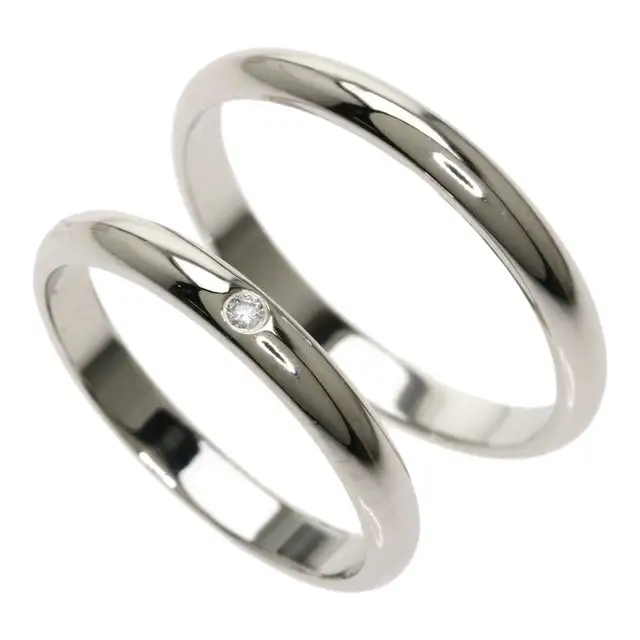
What is platinum?
Platinum, with the chemical symbol Pt, is a rare and valuable precious metal. It is chemically similar to gold and silver and belongs to the platinum group of elements. Platinum is popular in jewelry making for its excellent resistance to corrosion, stability and beautiful silvery-white appearance.
Main characteristics of platinum
CORROSION RESISTANCE: Platinum exhibits extremely high resistance to corrosion and is able to withstand chemicals, making it an ideal material for jewelry making.
High density: Platinum is denser than gold, which means it weighs more for the same volume. This is one of the reasons for the solidity and texture of platinum in jewelry.
Resistant to oxidation: Platinum does not oxidize or tarnish, and even after the passage of time, it retains its unique luster, making it a long-lasting and treasured jewelry material.
Non-allergenic: Compared to some alloys that contain nickel, which can cause allergies, platinum is generally more non-allergenic and suitable for a wider range of people.
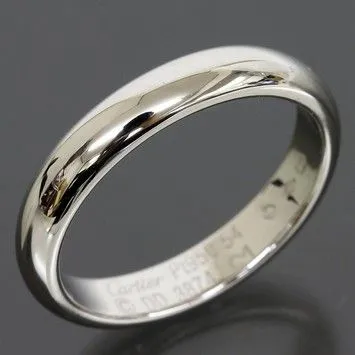
Advantages and disadvantages of platinum
Pros:
Nobility and elegance: The white luster of platinum makes it the first choice for fine jewelry, presenting a noble and elegant appearance.
Corrosion Resistance: Platinum has outstanding corrosion resistance and is not susceptible to chemical attack.
Jewelry Craftsmanship: Because platinum is relatively soft, jewelry artisans can more easily perform intricate engravings and designs.
Drawbacks:
High price: Since platinum is a rare precious metal, its price is relatively high and may be beyond the budget of some consumers.
Dense: The high density of platinum may make platinum jewelry of the same weight relatively heavy and not suitable for everyone.
Difficulty: Due to the high melting point of platinum, the production process is more complex and requires a higher level of skill on the part of the artisan.
To sum up, platinum is one of the materials used in the production of high-grade jewelry due to its excellent corrosion resistance, noble appearance and suitability for complex craftsmanship. Consumers need to consider their personal budgets, preferences and wearing habits when choosing in order to find the most suitable jewelry material for them.
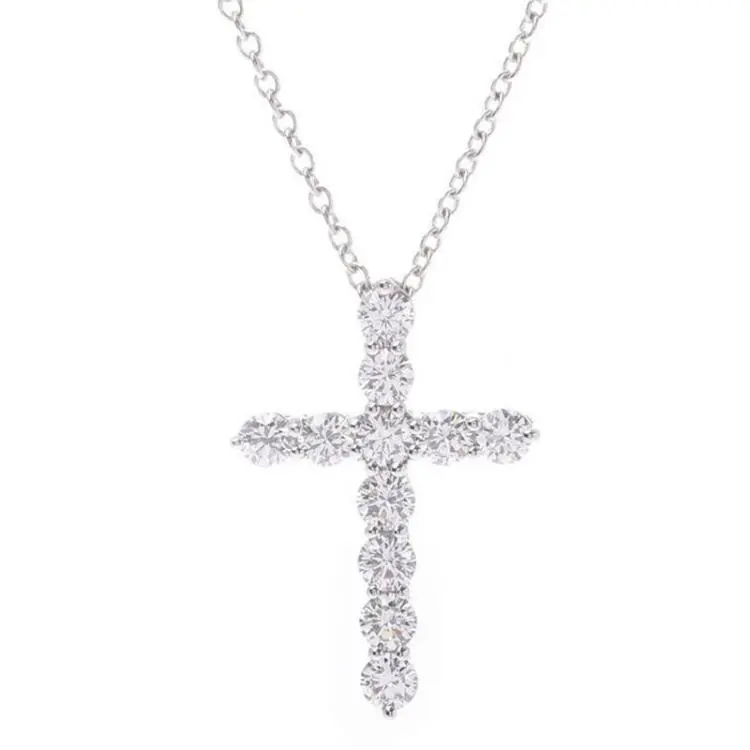
18K Gold vs. Platinum: An All-Inclusive Comparison of Jewelry Choices
Choosing between 18K gold or platinum has always been a headache when it comes to selecting jewelry. To help you make a more informed decision, let’s compare these two precious metals in depth from a number of perspectives, including fit, craftsmanship and price.
suitability
18K gold
Light and luxurious: 18K gold is relatively light and suitable for those who like a sense of luxury but are concerned about wearing it comfortably.
Variety of designs: Due to its softness, 18K gold is more suitable for making various kinds of unique designs of jewelry.
platinum
High Density Steadiness: The high density of platinum makes the jewelry more sturdy and suitable for those who like a sense of stability.
Elegant and flashy: The white luster of platinum looks elegant and adds color to the jewelry.

process
18K gold
Easy to work with: 18K gold is relatively soft and easy to engrave and intricate craft designs.
Unlimited creativity: Due to its softness, 18K gold is more suitable for creative jewelry.
platinum
Difficult to make: The high melting point and density of platinum make it more difficult to make and require a higher level of artisanal skill.
Craftsmanship: Platinum is more suited to classic and sophisticated craftsmanship.
prices
18K Gold
Relatively affordable: 18K gold is more affordable than yellow gold for shoppers on a budget.
Platinum
Lower price: Platinum is currently more affordable than 18K gold on the market.
Comprehensive Advice
In terms of suitability, 18K gold is more suited to those who are looking for a sense of style and light luxury; while platinum is more suited to those shoppers who are looking for a sense of sturdiness and elegant opulence. In terms of craftsmanship, 18K gold is suitable for jewelry that focuses on unique design, while platinum is more suitable for those shoppers who need classic and exquisite craftsmanship. In terms of price, platinum is currently relatively affordable, making it a win-win choice for both quality and beauty. Overall, 18K gold and platinum each have their merits, and the choice depends on personal taste and budget. Whichever you prefer, you’ll find your own unique splendor in the allure of these two precious metals.




